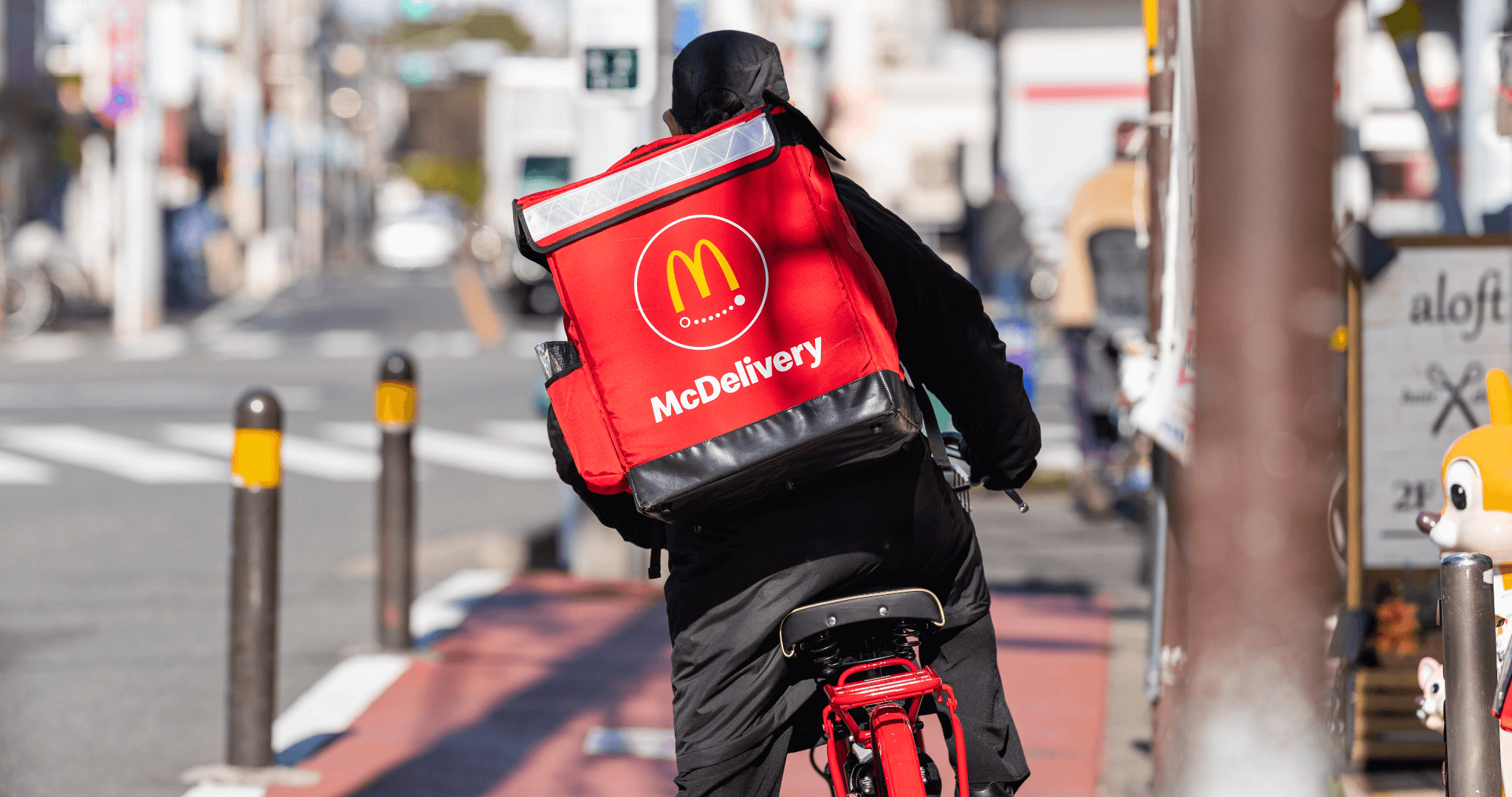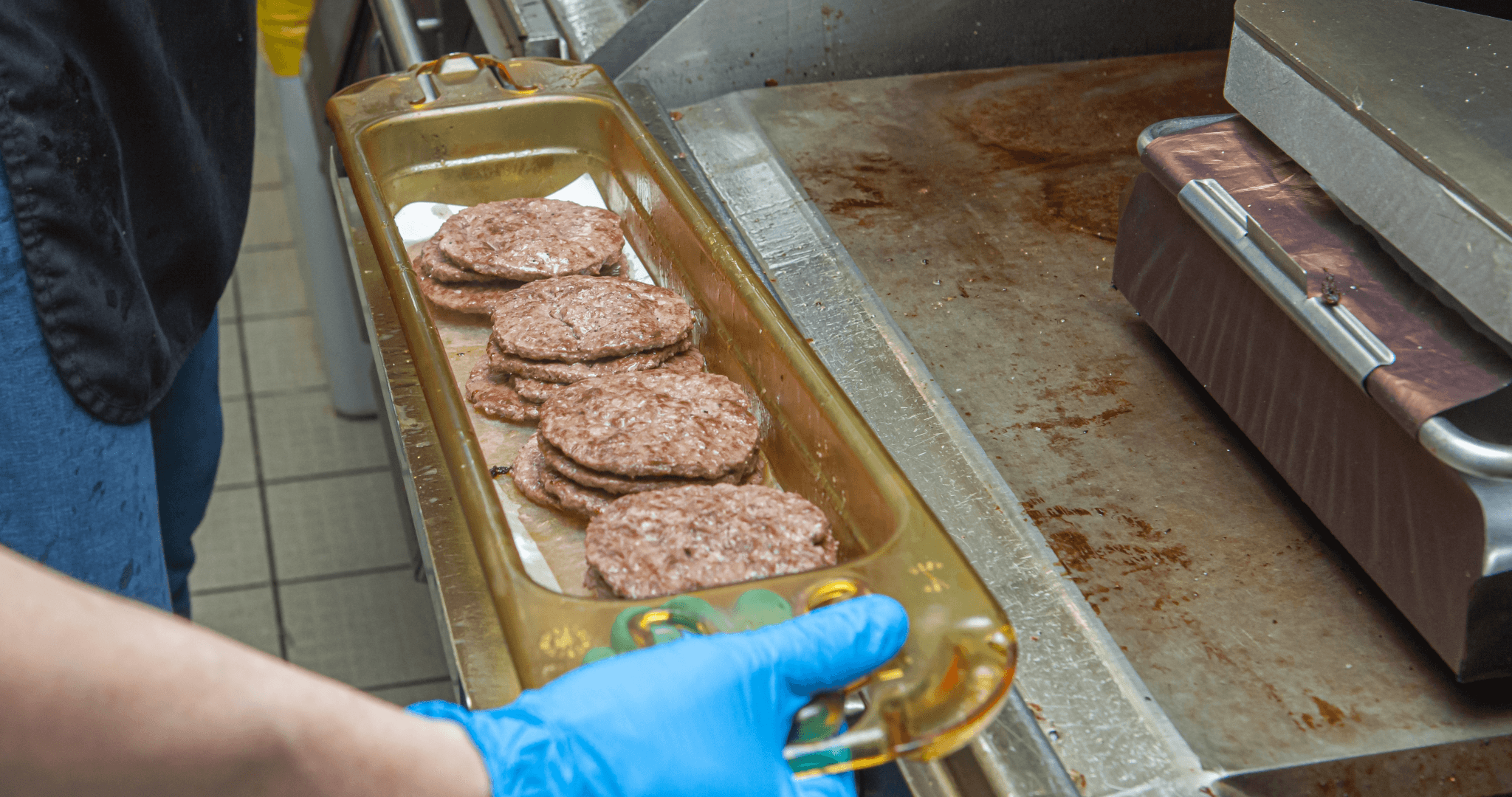McDonald's Strategic Investment in Dark Kitchens Drives Revenue Growth
Posted by Stelios on 27th Nov 2023 Reading Time:
In the ever-evolving world of fast food, adaptability is critical to staying competitive. McDonald's, the global fast-food giant, has recognised the importance of catering to the changing needs of its customers. In response to the growing demand for delivery services, McDonald's has taken an innovative approach by investing in "dark kitchens." These dark kitchens are strategically designed to meet consumers' evolving preferences while relieving pressure on traditional outlets that cater primarily to collections, drive-thru, and sit-down dining.

Meeting the Delivery Demand
In 2019, the then McDonald's UK and Ireland boss Paul Pomroy highlighted a significant milestone, stating that "delivery now accounts for more than 10 per cent of all our UK business." This revelation underscores delivery's remarkable role in McDonald's revenue generation.
To capitalise on the burgeoning delivery market, McDonald's ventured into the world of delivery apps, partnering with UberEATS in 2017. This strategic move has expanded delivery services to 950 locations across the UK, catering to the rising demand for convenient meal delivery.
The Emergence of Dark Kitchens
McDonald's introduced its first "dark kitchen" concept to enhance its delivery capabilities further and optimise efficiency. Located in Hanworth, West London, this kitchen operates similarly to traditional McDonald's outlets but is not customer-facing. It serves as a crucial component of a broader trial to explore different restaurant formats.
 些細な日常, CC BY-SA 4.0, via Wikimedia Commons
些細な日常, CC BY-SA 4.0, via Wikimedia Commons
A McDonald's spokesperson explained, "The kitchen is part of a wider trial to test different restaurant formats, and it looks and feels exactly the same as all of our other kitchens up and down the country." Despite its different operational model, the dark kitchen remains a vital contributor to McDonald's financial success, allowing the company to meet the increasing demand for delivery.
Strategic Expansion and Adaptation
McDonald's is embracing the dark kitchen model not only in London but across various regions, including Nottingham, Plymouth, and Wrexham. Each dark kitchen location serves as a dedicated hub for preparing and delivering orders, with a focus on maintaining consistent food quality and adhering to the brand's rigorous standards.
This expansion is part of McDonald's broader strategy to test and adapt to different restaurant formats. The company's commitment to innovation is evident in the launch of its "McDonald's to Go" format in Fleet Street, London, which features touchscreen ordering, streamlined menus, and smaller staff sizes.
A Growing Trend in the Fast Food Industry
McDonald's is not alone in exploring the potential of dark kitchens. Other fast-food chains in the UK and across the pond, like Chick-fil-A, Wendy's, KFC, and Burger King, have also ventured into this space. The shift toward dark kitchens and virtual dining models aligns with the changing landscape of consumer preferences as off-premises dining continues to grow.

Conclusion
As we witness McDonald's and other industry leaders embracing dark kitchens to adapt to the evolving demands of the market, it raises intriguing questions about the future of fast food & McDonalds:
- How long will McDonald's continue its partnership with aggregators?
- Will McDonald's consider bringing delivery services in-house with McDelivery like they do in Europe and Asia?
- Can we expect McDonald's to integrate dark kitchen systems into new store designs to save them from having extra off-site locations?
The answers to these questions will undoubtedly shape the future of fast food and our dining experiences. McDonald's commitment to innovation and adapting to consumer needs is a testament to its enduring financial success.
We invite you to share your thoughts on McDonald's strategic investments in dark kitchens and the changing landscape of fast food. Leave your comments below and join the conversation about the future of dining.

